
Mastering FreeBSD and OpenBSD Security. Building, Securing, and Maintaining BSD Systems Yanek Korff, Paco Hope, Bruce Potter
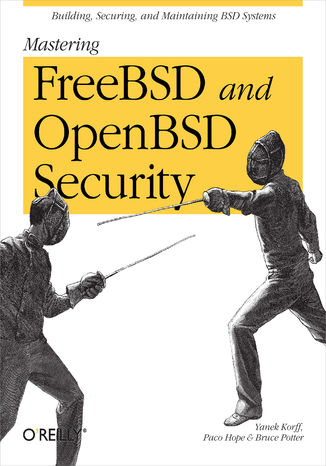



- Autorzy:
- Yanek Korff, Paco Hope, Bruce Potter
- Wydawnictwo:
- O'Reilly Media
- Ocena:
- Stron:
- 466
- Dostępne formaty:
-
ePubMobi
 opcje wysyłki »
opcje wysyłki »
Opis
książki
:
Mastering FreeBSD and OpenBSD Security. Building, Securing, and Maintaining BSD Systems
FreeBSD and OpenBSD are increasingly gaining traction in educational institutions, non-profits, and corporations worldwide because they provide significant security advantages over Linux. Although a lot can be said for the robustness, clean organization, and stability of the BSD operating systems, security is one of the main reasons system administrators use these two platforms.There are plenty of books to help you get a FreeBSD or OpenBSD system off the ground, and all of them touch on security to some extent, usually dedicating a chapter to the subject. But, as security is commonly named as the key concern for today's system administrators, a single chapter on the subject can't provide the depth of information you need to keep your systems secure.FreeBSD and OpenBSD are rife with security "building blocks" that you can put to use, and Mastering FreeBSD and OpenBSD Security shows you how. Both operating systems have kernel options and filesystem features that go well beyond traditional Unix permissions and controls. This power and flexibility is valuable, but the colossal range of possibilities need to be tackled one step at a time. This book walks you through the installation of a hardened operating system, the installation and configuration of critical services, and ongoing maintenance of your FreeBSD and OpenBSD systems.Using an application-specific approach that builds on your existing knowledge, the book provides sound technical information on FreeBSD and Open-BSD security with plenty of real-world examples to help you configure and deploy a secure system. By imparting a solid technical foundation as well as practical know-how, it enables administrators to push their server's security to the next level. Even administrators in other environments--like Linux and Solaris--can find useful paradigms to emulate.Written by security professionals with two decades of operating system experience, Mastering FreeBSD and OpenBSD Security features broad and deep explanations of how how to secure your most critical systems. Where other books on BSD systems help you achieve functionality, this book will help you more thoroughly secure your deployments.
Wybrane bestsellery
O'Reilly Media - inne książki
Dzięki opcji "Druk na żądanie" do sprzedaży wracają tytuły Grupy Helion, które cieszyły sie dużym zainteresowaniem, a których nakład został wyprzedany.
Dla naszych Czytelników wydrukowaliśmy dodatkową pulę egzemplarzy w technice druku cyfrowego.
Co powinieneś wiedzieć o usłudze "Druk na żądanie":
- usługa obejmuje tylko widoczną poniżej listę tytułów, którą na bieżąco aktualizujemy;
- cena książki może być wyższa od początkowej ceny detalicznej, co jest spowodowane kosztami druku cyfrowego (wyższymi niż koszty tradycyjnego druku offsetowego). Obowiązująca cena jest zawsze podawana na stronie WWW książki;
- zawartość książki wraz z dodatkami (płyta CD, DVD) odpowiada jej pierwotnemu wydaniu i jest w pełni komplementarna;
- usługa nie obejmuje książek w kolorze.
Masz pytanie o konkretny tytuł? Napisz do nas: sklep@helion.pl
Książka drukowana


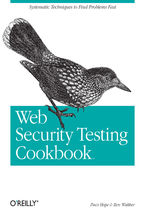




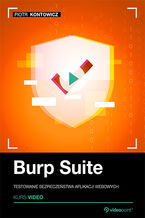


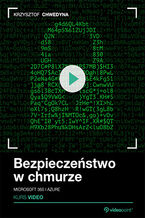


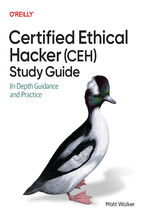







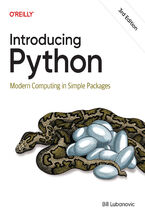
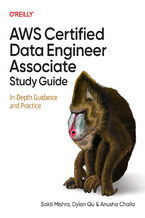

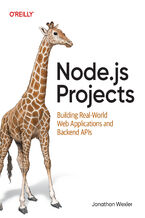

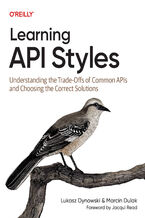
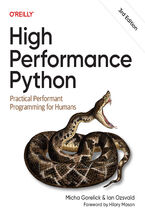
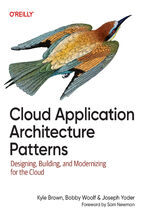
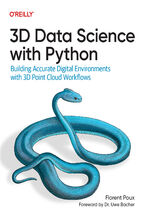
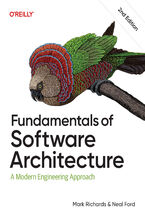



Oceny i opinie klientów: Mastering FreeBSD and OpenBSD Security. Building, Securing, and Maintaining BSD Systems Yanek Korff, Paco Hope, Bruce Potter
(0)